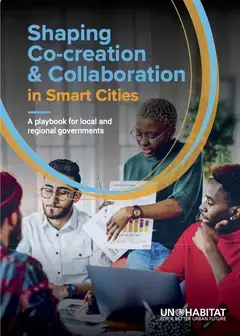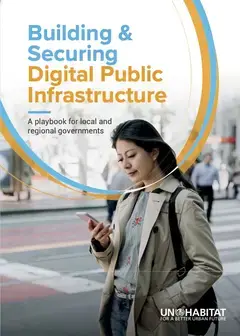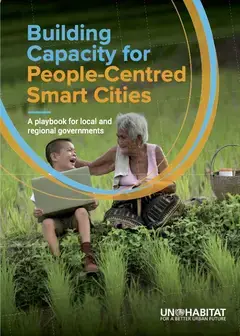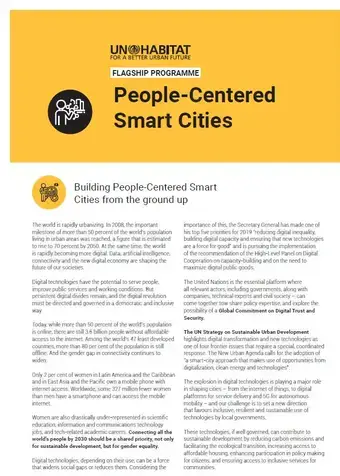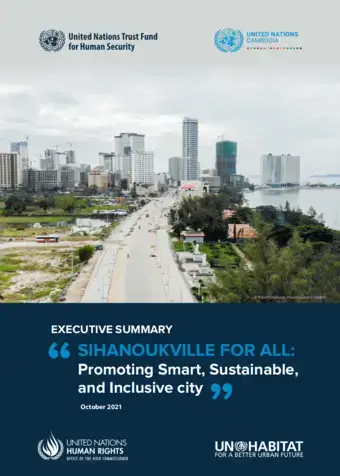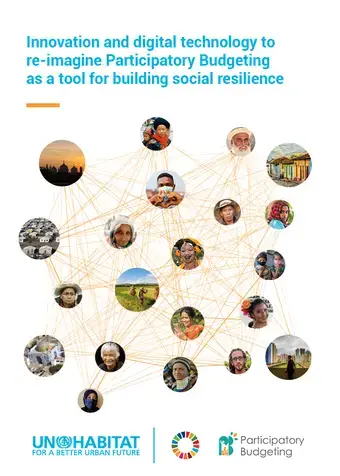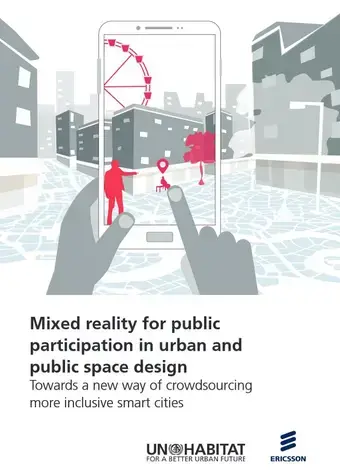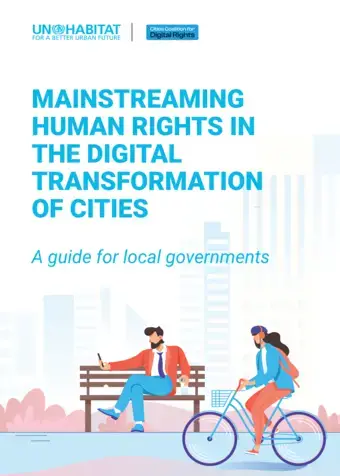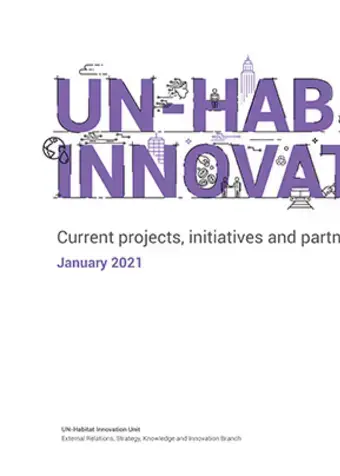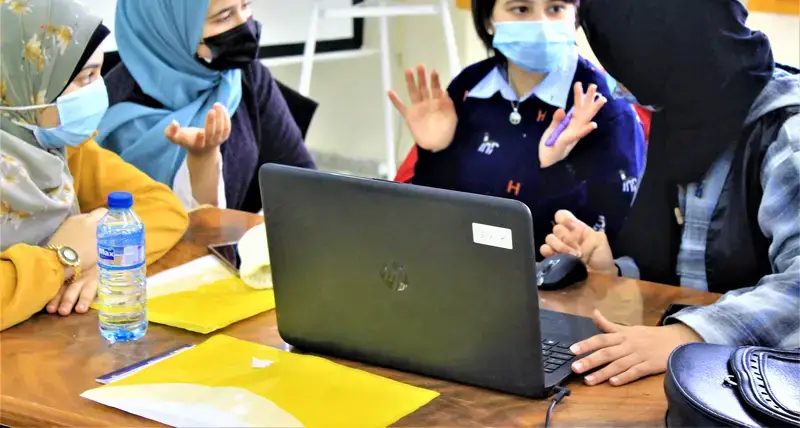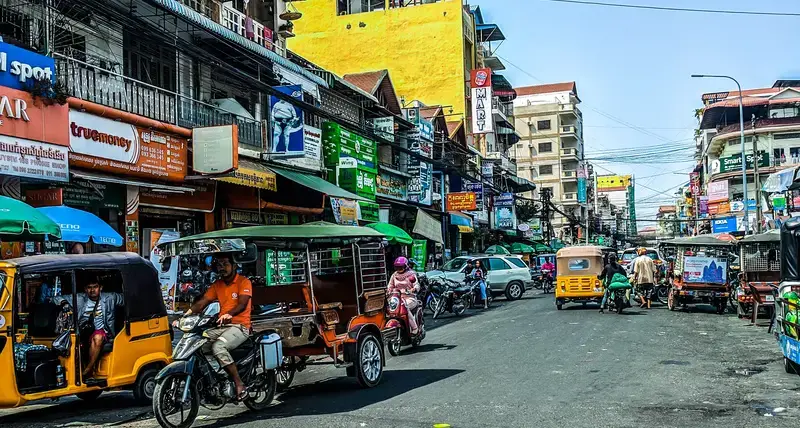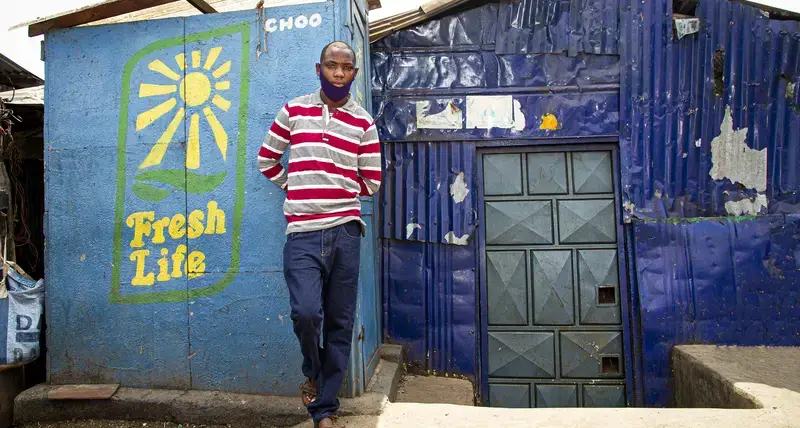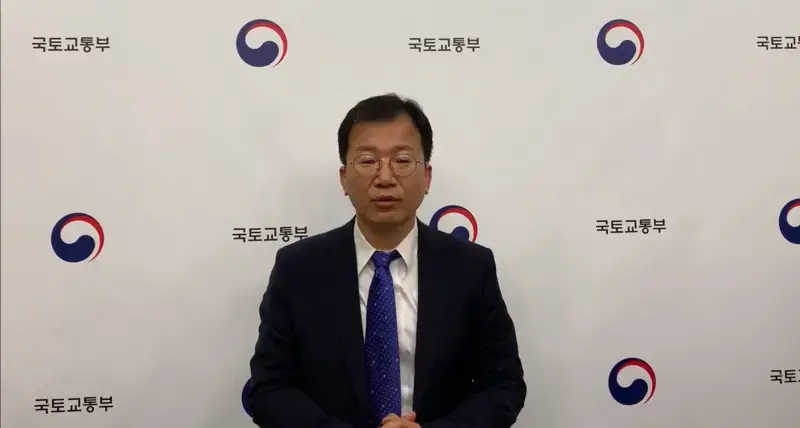United Nations Innovation Technology Accelerator for Cities
The United Nations Innovation Technology Accelerator for Cities in Hamburg (UNITAC Hamburg), Germany, was established to address the potential of digital technologies, data and innovation to contribute to sustainable urban development.
The Accelerator will use innovation, prototyping and applied research methodologies to develop innovative solutions that accelerate the achievement of the Sustainable Development Goals related to cities and urbanization as requested by the UN System-wide Strategy on Sustainable Urbanization.
People-Centered Smart Cities Playbooks
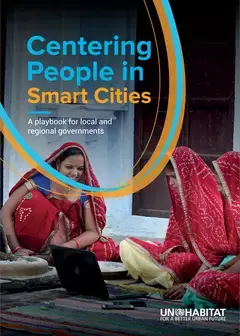
Centering People in Smart Cities

Assessing the Digital Divide
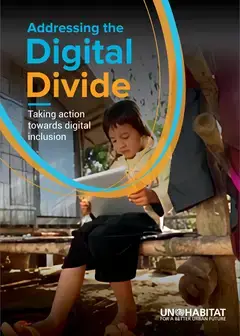
Addressing the Digital Divide
Highlighted Publications
1. The challenges
DIGITAL DIVIDE
Only 50% of world population have access to the internet.
LIMITED CAPACITY OF LOCAL GOVERNMENTS
to make effective use of new technologies for the benefit of all.
LACK OF PUBLIC OVERSIGHT
In the absence of national and local regulation, data on individuals and communities is extensively recorded.
TECH-CENTERED
Weak inclusion of human rights and sustainable development aspects in smart city programmes.
2. How to respond to them?
The flagship programme “People-centered smart cities” ensures that deployment of technology and innovation is used to ensure sustainability, inclusivity, prosperity and human rights in cities. It supports national and local governments with their digital transition, applying a multi-level governance strategy to help build skills and capabilities to develop, procure and effectively use digital technologies in an ethical and inclusive way to make sure that no one is left behind. The programme:
- Puts a people-centered, sustainable and inclusive local digital transition as a critical policy topic on the agenda of high-level political forums and mainstream people-centred digitalisation in global dialogues on smart cities and human rights.
- Ensures that investment and financing are directed to people-centered smart cities to accelerate the achievement of the SDGs with a specific focus on developing countries, small and medium size cities and grassroots urban communities.
- Enhances the capabilities of governments in all levels to adopt digital technologies for inclusion and sustainable urban development in the achievement of the SDGs. It helps governments adopt a human-centred, privacy-enhancing, and rights-preserving approach in the development of their digital strategies by developing new trainings, skills and policy frameworks.
3. What have we achieved so far?
A)
A case that shows the potential of the use of technologies for bottom-up, inclusive urban development is UN-Habitat’s longstanding Block by Block programme. In collaboration with Mojang Studios, UN-Habitat has developed an innovative approach to public participation, collaboration and crowdsourcing of urban design which used Minecraft, the world’s most popular video game. In Minecraft, players can create structures, buildings and public spaces in a 3-D “digital Lego” world – essentially a simple 3-dimensional sketching tool. UN-Habitat and its partners have engaged more than 25,000 people in participatory processes, improving the quality of life for 1.5 million people through regenerating public spaces in nearly 100 projects in Africa, Asia, Europe and Latin America.
In Kim Chung, a marginalized district of Hanoi, local girls walk long distances through a dangerous neighbourhood to reach their school. The Block by Block programme engaged the girls in redesigning the public spaces in their neighbourhood to make their daily commute safer. One particularly unsafe area was a tunnel under a five-lane highway where the girls could not be seen or heard if something went wrong.

Using Minecraft, forty-five girls redesigned the neighbourhood around their school into a safer, more functional neighbourhood by incorporating a series of physical improvements. To improve their safety and create social space for themselves, they proposed women-only coffee shops and shelters, as well as security fencing and lighting in and around the tunnel. Their suggestions were taken up by local authorities and have been incorporated in plans for future urban regeneration.
The project provided local policy makers with practical ways of improving the Kim Chung neighbourhood and empowered the girls who realized that their views matter and can be a catalyst for change.
B)
A case which shows the importance of taking a strategic and long-term approach to digital transition is the Rwanda Smart City Masterplan, developed in 2017 by UN-Habitat in collaboration with the Rwanda Ministry for Youth and ICT and the Smart Africa Alliance. The Masterplan provides a framework to guide Rwandan cities and towns in their efforts to undergo digital transition in order to become more inclusive and sustainable. The Smart City Masterplan is intended as a guide to help Mayors and urban managers go through the process of developing their own smart city strategies and masterplans, as well as providing a strategy for the government to promote the development of smart cities in Rwanda on a national level.
The Masterplan was developed in consultation from a wide range of Rwandan stakeholders, including national and local governments, private sector, civil society and academia. It contains 27 action-oriented smart city initiatives that Rwandan national and local governments can implement in order to use digital technologies to achieve sustainable urban development outcomes; including smart urban governance and planning, efficient services and utilities and localized innovation for social and economic development.
The completed Rwanda Smart City Masterplan was presented by Paul Kagame, the President of Rwanda, at the Transform Africa Summit in Kigali in May 2017. Following its adoption, the Masterplan has initiated the process for the implementation of concrete initiatives linked to sustainable urban development and technology and Rwanda and is quickly becoming a regional leader when it comes to implementing smart city technology in Africa. The Masterplan has helped Rwanda attract foreign direct investment into urban technologies, including $50 million from the Cheikh Rakadh Group for the implementation of the Masterplan. Inmarsat, a global mobile satellite communications service company, has installed sensor networks and smart street lighting in Kigali. Nokia and SRG are investing in urban technology that will provide services in public safety, waste management, utility applications and healthcare.
While supporting the Government of Rwanda, UN-Habitat has continued to work regionally with the Smart Africa Alliance, for example supporting a comprehensive indexing project and feasibility study, mapping out over 80 different smart city projects that African countries can choose depending on their priorities.
4. Partners and Beneficiaries
Target group: Governmental actors, including policy makers, national and local authorities.
Beneficiaries: Disadvantaged and vulnerable communities; students, innovators and social entrepreneurs; community groups and civil society organisations.
Partners: United for Smart Sustainable Cities, the Global Smart Cities Alliance, Smart Africa, Open and Agile Smart Cities, ASEAN Smart City Network and the Cities for Digital Rights Coalition. Strong partnerships with governments, development banks and development institutions, universities, research institutions and civil society, including digital rights and tech for good organizations, but also organisations representing social movements, the urban poor and the private sector will also be established. Strong collaboration mechanisms with other UN agencies, including UNDP, ITU, UN Environment, UN Global Compact and UNECE will also be established.

